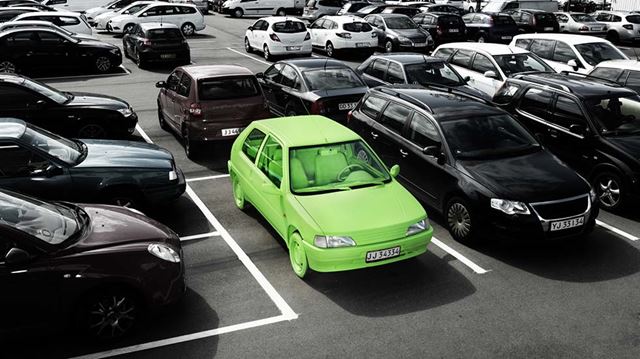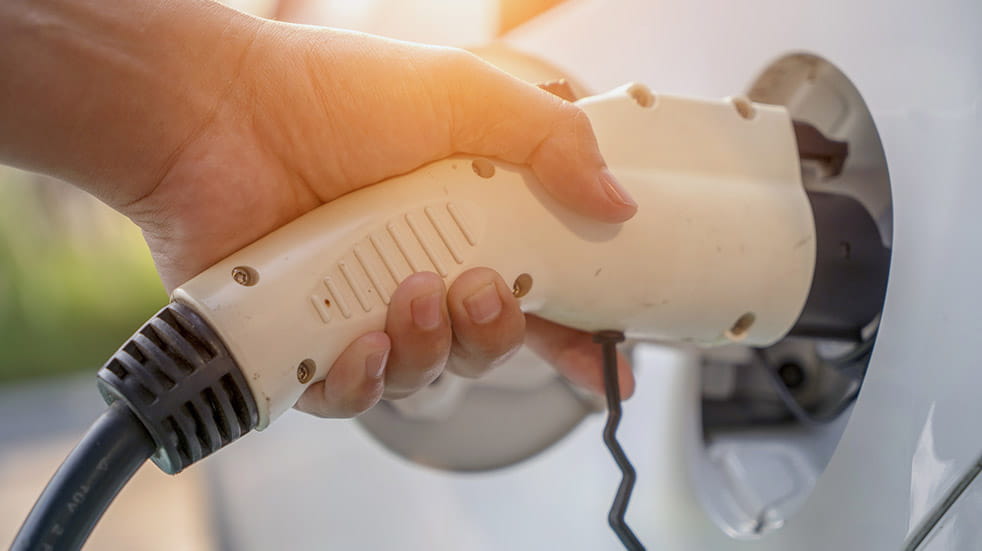
If you're planning on buying a new car, then you'll want to know all about its fuel consumption and CO2 emissions. That's where the WLTP comes in
What is the WLTP?

The WLTP (Worldwide Harmonised Light Vehicle Test Procedure) is the official measure of your car's consumption and CO2 emissions. The energy consumed might be petrol, diesel or electricity. The test also allows for plug-in hybrids, which use a combination. The WLTP replaces the old NEDC test. Cars haven't grown thirstier since the introduction of the WLTP; it's just that the test is stiffer. It's meant to replicate how most people drive modern cars in modern conditions. Despite its name, the WLPT is not actually worldwide – America has its own test.
What is the purpose of the WLTP?
The WLTP enables us to compare cars, and get some sense of what the consumption would be. Cars are all tested in the same way: indoors for consistency. The car drives on rollers under the wheels, which resist to simulate forward motion. In this way, ambient temperature, wind, fuel quality and so on can be standardised. The acceleration, speed and braking matches a fixed test profile, too. The total length is about 14.5 miles. A fixed test also allows us to see if average national fuel consumption and CO2 targets are being met. And it means that governments can set car taxes according to consumption or emissions.
Watch our motoring expert Dan Read as he answers questions on electric vehicles
Are the WLTP figures entirely accurate?
The WLTP is more realistic than the old NEDC but it still represents a fairly gentle driving style and doesn't allow for heavy loads, hilly roads, roof racks and so on.
How does CO2 come into it?

The test doesn't actually measure fuel used, but rather CO2 emitted. The two are directly related. A diesel car emitting 95g of CO2 per kilometre is doing 76mpg, while a petrol car is 71mpg for 95g/km because petrol is less rich in carbon.
Yes, it's confusing because we use imperial measures for consumption, even though we buy fuel in metric litres. And further, we use what is actually a measure of economy (distance driven per quantity of fuel used) rather than consumption (fuel used per distance driven). The latter is how they express it in metric countries – litres per 100km.
• Why fuel-cell vehicles could play a big part in our motoring future
Why is there a range of figures?
Each car model is tested in its lightest and heaviest configurations. The weight difference mostly depends on the options you've got, such as electric seats or sunroof.
What is meant by the 'low', 'medium', 'high' and 'extra-high' figures?
They're each different speed profiles, designed to simulate slow town driving, suburban speeds, rural roads and motorways. The 'combined' figure is for driving all four profiles. If your own driving is biased towards one of those conditions, you could expect that figure to be more realistic for you.
How does it work for plug-in hybrid cars?

They start testing fully charged. The car drives the cycle several times until the battery is flat and the car does the whole thing on its engine only. Even so, real consumption for PHEVs is very dependent on the way you use them. If you have a 10-mile round-trip commute and charge nightly at home, you'll hardly use any petrol at all. If you drive the length of the country, the consumption will probably be worse than an equivalent diesel because, except for the first few miles, you won't be taking advantage of grid electricity.
• An electric odyssey: from Milton Keynes to Dundee in a battery-powered car
What about pure-electric cars?
The battery starts off fully charged. The car drives the usual WLTP cycle. At the end, a 7kW charger is connected and the battery recharged, so as to measure the energy used. This is given as kWh/mile. Because the measurement is at the cable, it takes account of the car's internal charging losses.
Separately, the range is calculated by measuring the flattening of the battery during the cycle. Unfortunately, the range isn't calculated separately for the low, medium, high and extra-high speed sectors – only for low and combined. Electric cars are at their most efficient in low-speed driving. They use more energy per mile on faster roads, which is actually the majority of most people's mileage. So we're often disappointed at their true range.
Explicit high-speed range data would have been useful to counteract this. (By contrast, conventional cars get their worst mpg in traffic jams, and do better at mid-to-high-speed country roads.) Also, EVs are less efficient in winter temperatures than they are in summer.
Where can I find the WLTP figures?
Spreadsheet jockeys can get stuck into the full, up-to-date numbers here.
All photos: Getty Images





